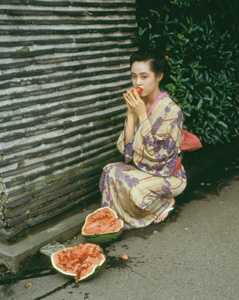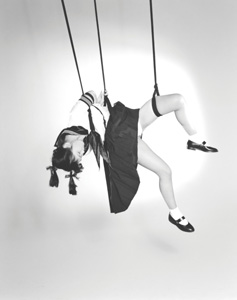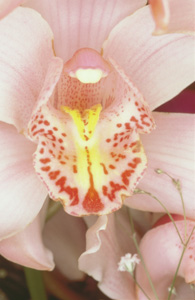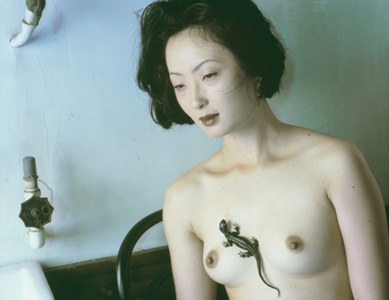


Araki has been at it for 40 years and has published over 250 books, starting in 1971 with "Sentimental Journey" which was filled with shots of his honeymoon. He is a proponant of what he calls the "I-photograph" which is equivalent to the Japanese "I-novel" a self-referential autobiographical fiction. Araki has photographed cats, children, clouds, flowers, sex-workers, bondage, pubic hair, plastic dinosaurs, landscapes, and somehow he has managed to make it all fit together. It is the messy and mercurial image-set of his life.

The book "Self Life Death" is a massive volume that attempts to provide a comprehensive overview of his life and work. This is done through several essays and an interview, as well as Araki's own writing scattered throughout hundreds of photographs. There are 7 essayists at work here trying to pin Araki down in the three sections that make up the book's title. This is a sourcebook on Araki, the sort of text that gets pulled down off the shelf in preparation for writing the degree thesis.
About 5 minutes reading here will reveal the importance of Araki's work, the real meaning behind his supposedly controversial sex / bondage images, and the meaning of art as it relates to photography. That's worth the price of the book right there. Just flipping through the photographs will provide a pretty good education on the artist.
His own writings about himself are very funny. He takes himself no more seriously than he takes "art", but the critics take him very seriously indeed.
I leave you with a sampling of commentary by various critics:
Monty DiPietro at http://www.assemblylanguage.com/
- One gets the impression that Araki is a rebel bucking the system, and that the good people in the art community have rallied to his defense.
- The streetscapes in the show, particularly the lonely black-and-white work from his 1972 "Tokyo Autumn" series, are the sort of unapologetically sentimental stuff that Araki does best.
- "A’s Paradise" can be expected to embarrass anyone who appreciates art.
- Araki has escaped real persecution by tethering the limits of what is tolerated, stretching without breaking the rules, and playing the rebel without constituting a serious threat. If "Arachy" didn’t exist, the system would have had to invent him.
- Araki's art overflows with life, and his life is awash in images. They are good, bad, indifferent; posed, random, accidental; prurient, erotic, anarchistic, touching, vulgar, lascivious, lurid, sentimental. The cumulative effect is overwhelming.
- For Araki, faces are the real private parts.
- It's said that no one can really translate Araki because he
speaks in puns and jokes.
- The people of Tokyo love Araki--he's one of their own, a homeboy, and he loves them back: his work has been one long poem to his city of birth and of choice.
- Along with his contemporary Daido Moriyama, the young Araki revolutionized photography in Japan with an in-your-face, point-and-shoot style that ran counter to the social conventions of the time.
- Internationally, probably his best-known persona is that of Japan's enfant terrible photographer/pornographer--a curious, greasy little man who binds schoolgirls and pokes his lens up the skirts of prostitutes in the name of art.
- Alas, this Araki is all but played out--a victim of his own success perhaps. Ensconced in the cult of personality, today's Araki has become something of a parody of himself.
- While moral concerns are always going to surface among those keen to damn his work, they are less helpful for those wishing to develop a true understanding of his frantic photographic framing and capturing of Tokyo's unique energy.